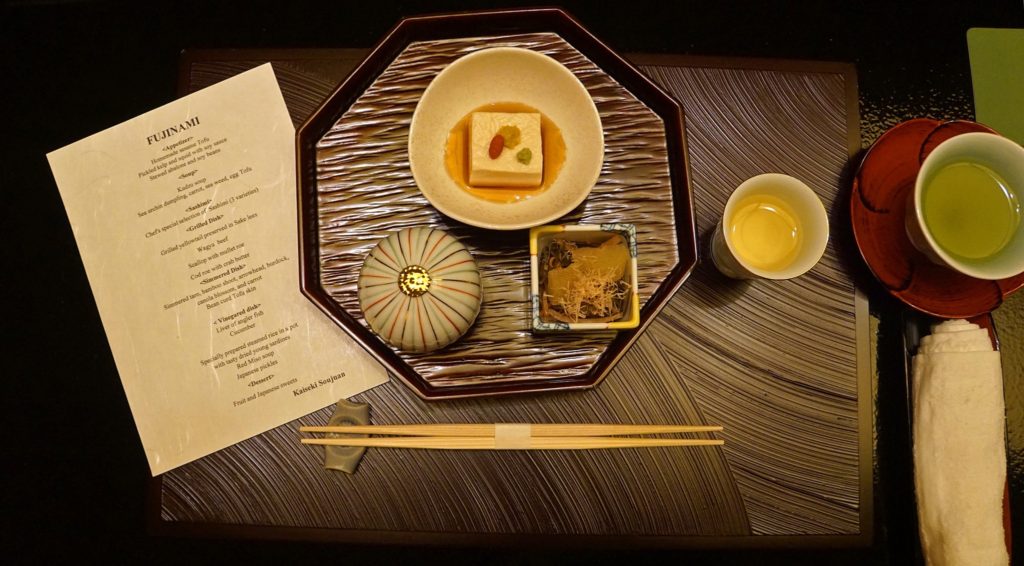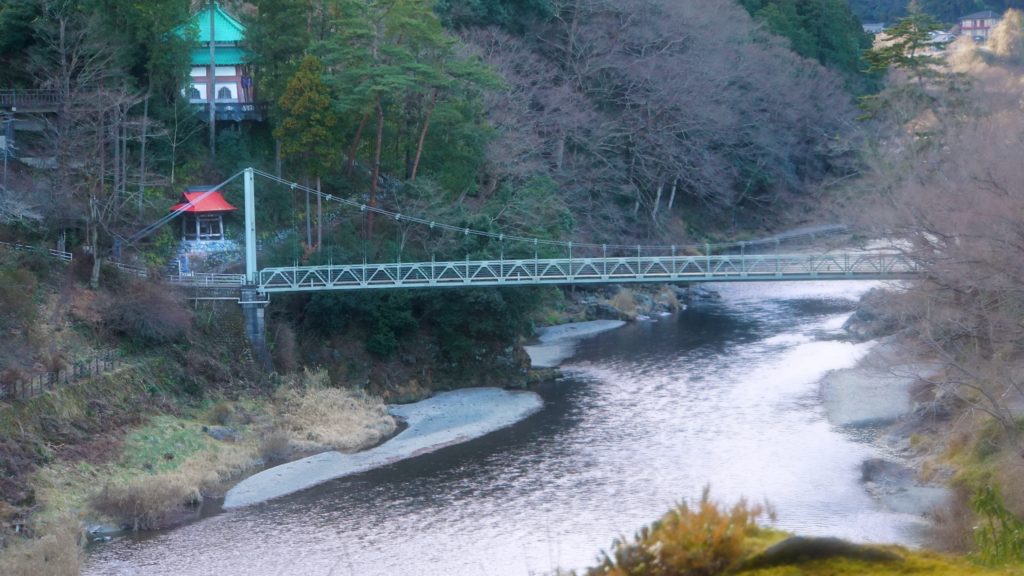“Experience the beauty of Japan from within the hotel.”
Not only is the above an excellent example of good marketing, Tokyo’s Keio Plaza Hotel delivers on what it promises.The Keio Plaza holds the mystique of Japan in its 47-floor main building with plenty of overflow in the 35-floor south tower. Yes, there is the utmost in modernity as one would expect from the land of Sony, but I’d like to share some of the traditional experiences that can’t be found outside of Japan.
Kimono. Truly, I cannot think of another article of clothing more colorful and filled with meaning than the kimono. While staying at the Keio Plaza, I was offered a chance to dress in a traditional wedding kimono. Putting on the kimono is its own ceremony and requires the assistance of dressers versed in the proper wear. The hotel offers over 1,000 kimono choices, luckily for me I only had to select from five exquisite choices.

A furisode kimono has long swinging sleeves that indicate the wearer is unmarried. A wedding kimono is called kakeshita, which has the long swinging sleeves, too, and it’s the last time a woman will wear that style. Happi and yukata are other popular kimono styles.
Sake. Did you know that sake, the national drink of Japan, tastes great with almost everything? I discovered this while staying at the Keio Plaza. I am not a sakeperson, more of a wine lover. (Yes, I know that sake is rice wine …) However, when in Tokyo, embrace the local customs and learn the culture and be open minded. You will be surprised what awaits your taste bud.

I was treated to a Fujinami experience, a food and sake pairing, at the Amanogawa sake bar. I tasted my entree and said, “OK, good.” Then I sipped my sake and took another bite of my simmered taro. Such a pleasant surprise awoke my tongue. I highly recommend sake-food pairings.

Want more of a good thing? The Keio Plaza can arrange sake brewing and tasting tours in the west of Tokyo (and you get to travel by limo!). Hard to believe that so close to the masses of the city is so much fresh running water – the chief ingredient for sake.
Tea ceremony. Dating back to the 16thCentury, Japanese tea ceremony bears no resemblance to an English high tea. Chado (sometimes called sado or chanoyu) means “way of tea” and is very formal, highly stylized ritual. The sensei (tea master) is different than a tea sommelier, who has a thorough understanding of tea’s history, processing methods, and preparation and is able to pair tea with foods. A tea sommelier is a fairly recent addition to the world’s foodie stage. Japanese tea ceremony is an art and a spiritual discipline; the sensei has mastered both aspects.
The Sho-fu-an room at the Keio Plaza is a traditional tea ceremony room, and I was able to experience chado there. I found it to be very therapeutic and an art of discipline in sitting. Since I am Westerner, they allowed me to sit what we call Indian style, but even that was challenging. Can you imagine how my legs would have felt after sitting seiza, with my bottom on my heels and shins parallel to the tatamimats?
When your travels take you to Tokyo, do yourself a favor and treat yourself to a traditional tea ceremony at the Keio Plaza. Believe me, it’s not your Queen Mum’s tea ceremony.
I loved every unique experience the hotel had to offer. But the one I will carry closest to my heart is the traditional kimono wedding dress I had the opportunity to adorn. The garment’s beauty and feel of the fabric continue to delight me.
Domo arigatou gozaimasu for such fond memories and such an enriching experience. Sayonara.
